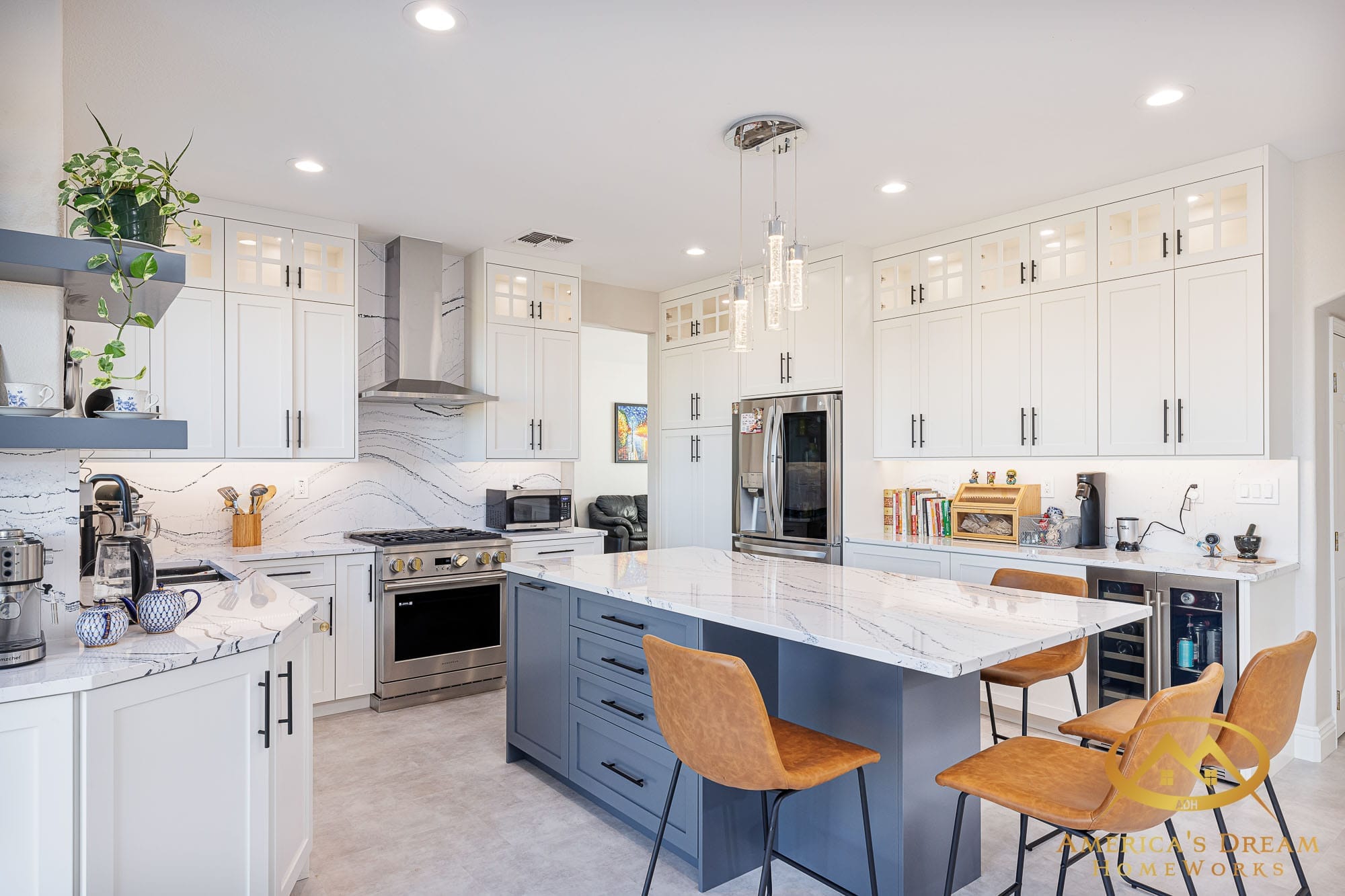Beyond Steel and Glass: The Human Stories Behind Modern Construction

Steel structure building represents far more than an engineering achievement—it embodies the aspirations, struggles, and triumphs of countless individuals whose lives intersect with these towering frameworks. Walking through any major city, we marvel at gleaming skyscrapers without considering the human dimensions: the construction workers who assemble these behemoths piece by precise piece, the families who will inhabit the resulting spaces, and the communities transformed by their presence. Behind every beam and bolt lies a narrative of human ingenuity and labour that deserves our attention.
The Invisible Workforce
On a misty morning in Singapore’s Central Business District, construction workers gather before dawn. They arrive from dormitories on the city’s outskirts, many having travelled thousands of miles from homes in Bangladesh, India, or China to participate in the island nation’s perpetual reinvention. They don safety harnesses and hard hats before ascending skeletal structures that will eventually house financial institutions, luxury flats, or government offices.
“In Singapore, the men who build our steel structures operate in a parallel society,” explains a researcher from the National University of Singapore who studies migrant labour. “They create the iconic skyline that defines our global image, yet remain largely invisible to those who will eventually occupy these spaces.”
The reality of steel construction includes:
· Specialised teams of ironworkers who manoeuvre massive beams with balletic precision
· Welders who endure scorching conditions to permanently join structural elements
· Engineers who translate architectural visions into structurally sound realities
· Project managers who orchestrate the complex symphony of materials, machinery, and labour
· Inspectors who meticulously verify that each connection meets exacting safety standards
For these workers, steel structure building is not an abstract concept but a daily reality of physical demands, technical skill, and occasional danger. Their expertise transforms architectural renderings into habitable spaces, often under punishing deadlines and challenging conditions.
Communities Transformed
Beyond the construction site, steel structures reshape the very fabric of communities. Their relatively quick assembly can transform neighbourhoods almost overnight, altering sightlines, traffic patterns, and property values with unprecedented speed.
“Singapore’s public housing programme would be impossible without steel structure building techniques,” notes a senior planner with Singapore’s Housing & Development Board. “The efficiency of steel construction has allowed us to house nearly 80% of our population in public flats, creating communities where people of different backgrounds live together in ways that would be unimaginable elsewhere.”
The social impacts of steel construction extend far beyond housing:
· Creation of community anchors like schools and hospitals in record time
· Establishment of commercial districts that generate local employment
· Development of transport infrastructure that connects previously isolated areas
· Rapid deployment of disaster relief shelters following natural calamities
· Conversion of industrial zones into mixed-use developments that revitalise urban cores
Living Inside the Frame
For those who eventually inhabit these structures, steel offers possibilities that traditional building materials cannot. Open floor plans, floor-to-ceiling windows, and dramatic cantilevers create living and working environments that reshape human interaction.
A Singapore architect who specialises in adaptive reuse projects observes: “The flexibility of steel structure building allows us to reimagine spaces continuously. A structure initially designed as a warehouse can become a vibrant arts centre or residential lofts with relatively minor modifications. This adaptability extends the lifespan of buildings and creates unexpected communities within repurposed spaces.”
The experiential benefits for occupants include:
· Natural light penetrating deeper into interior spaces due to fewer structural walls
· Enhanced sense of connection with surroundings through larger window spans
· Improved acoustic and vibration control through contemporary engineering
· Greater flexibility to reconfigure internal spaces as needs change
· Psychological benefits from higher ceilings and more open environments
The Environmental Reckoning
Steel’s relationship with sustainability presents complex questions that communities must address. The energy-intensive process of steel production contributes significantly to global carbon emissions, yet the material’s durability and recyclability offer environmental advantages over the building’s lifetime.
“In Singapore’s tropical climate, steel structure buildings present unique sustainability challenges and opportunities,” explains an environmental consultant specialising in green building certification. “Our high humidity and temperatures require careful design to prevent thermal bridging and condensation issues, yet steel’s strength allows us to incorporate extensive greenery and natural ventilation systems that would be impossible with concrete construction.”
The environmental considerations include:
· Nearly infinite recyclability of structural steel components
· Reduced construction waste compared to site-built alternatives
· Lower embodied carbon when using recycled steel in production
· Opportunities for prefabrication that minimise site disruption
· Potential for disassembly and reuse rather than demolition
A Shared Future
As we consider the trajectory of our built environment, the conversation around steel structure building must extend beyond technical specifications to include its human dimensions. Who builds these structures? Who profits from them? Who lives and works within them? And ultimately, who decides where and how they reshape our communities?
The answers to these questions will determine whether steel structures become monuments to inequality or foundations for more equitable, sustainable communities. By recognising the human stories embedded within these frameworks of metal and glass, we gain a more complete understanding of how steel structure building continues to transform our world.





